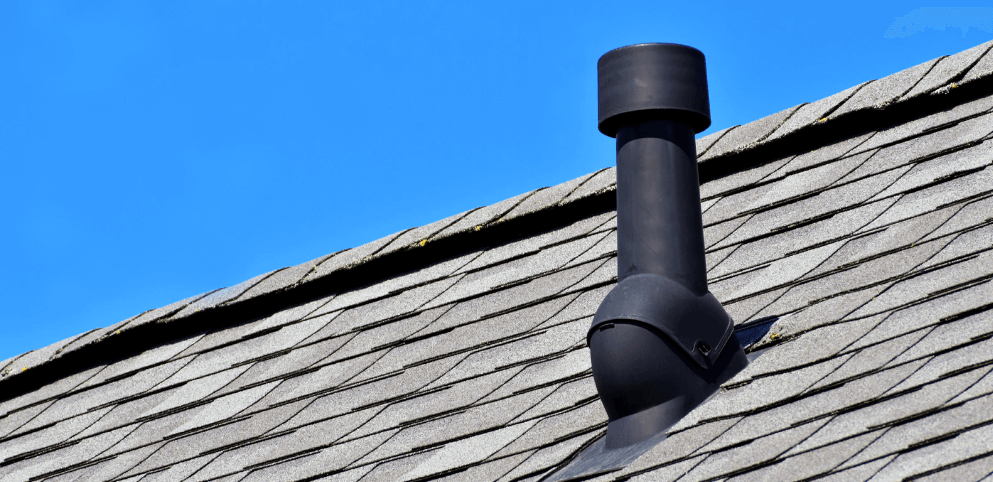
As storm seasons become increasingly unpredictable and severe, homeowners are more concerned than ever about protecting their properties from nature's wrath. While investing in sturdy roofing materials is essential, the critical role that proper ventilation plays in ensuring a roof's resilience against storms is often overlooked. In this blog post, we'll delve into why it is critical to have a storm-resilient roofing system and how it can save homeowners from costly damage in the long run.
Understanding Ventilation's Impact
Adequate ventilation might not be the first thing that comes to mind when you think about fortifying your roof against storms, but its significance cannot be overstated. It serves multiple purposes that directly contribute to the durability and longevity of your roof.
Moisture Management
One of the primary functions is moisture control. Rainwater can penetrate the roof's outer layers during storms, leading to moisture buildup within the attic or roof structure. Without proper ventilation, trapped moisture can breed mold, mildew, and rot, weakening the roof's structure over time. It helps expel excess moisture by facilitating airflow, preventing these damaging effects.
Temperature Regulation
Proper ventilation also plays a crucial role in regulating attic temperature. In hot, humid climates, attics can overheat, accelerating roof material wear and raising energy bills. Conversely, in cold weather, poor ventilation leads to ice dams forming on the roof edges, risking water backup and leaks. Balanced ventilation helps maintain consistent attic temperatures year-round, mitigating these risks and prolonging the roof's life.
Prevention of Damage from Extreme Weather Events
During storms, strong winds exert significant pressure on a roof's surface. Without adequate ventilation, this pressure can create uplift forces, lifting shingles and causing them to detach. Additionally, improperly ventilated roofs are more susceptible to damage from flying debris, as the trapped air inside increases the likelihood of internal pressure buildup. Proper ventilation reduces these risks by allowing wind to flow freely over and under the roof, minimizing the potential for damage.
Types of Ventilation Systems
There are various ventilation systems available to homeowners, each offering unique benefits depending on the specific requirements of the roof and climate. Common types include ridge vents, soffit vents, gable vents, and powered attic fans. Consulting with a roofing professional can help determine your home's most suitable ventilation solution.
In conclusion, proper ventilation is critical to a storm-resilient roofing system. By managing moisture, regulating temperature, and minimizing damage from extreme weather events, ventilation helps protect your home and investment. Whether building a new roof or upgrading an existing one, prioritizing ventilation will pay dividends in enhanced durability and reduced maintenance costs. Don't overlook this essential aspect of roofing, as it could make all the difference when the next storm rolls in.